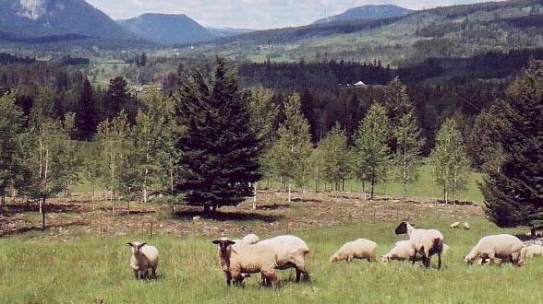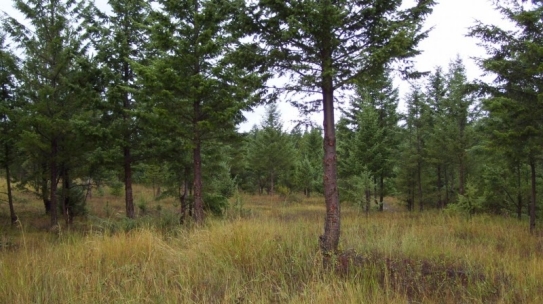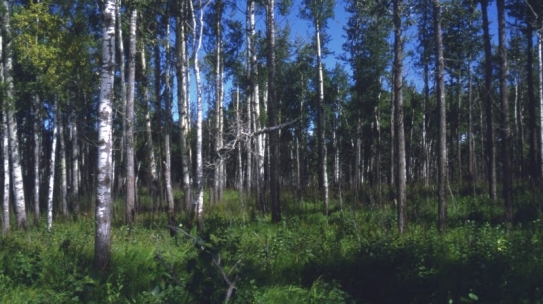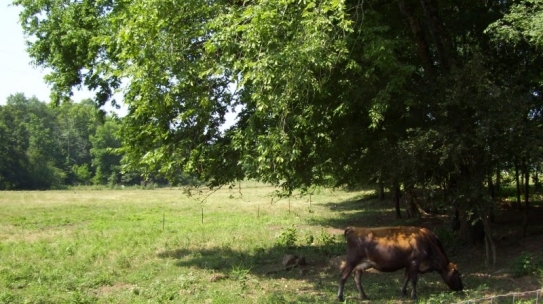Silvopasture in British Columbia
by George Powell

Indigenous Origins
Indigenous people in the area now bounded by British Columbia have used fire for thousands of years to remove tree and shrub cover. This land management was done, in part, to improve grazing values. First for native ungulates that could be hunted, later for both wildlife and horses. This traditional use is the earliest expression of silvopasture principles in B.C.

Multifunctional Resource Management
British Columbia has a long history of integrating multiple resources and natural values on Crown Lands. Since the mid- 1950s, millions of hectares of regenerating forest land held under forest licences are also used for transient, sustainable grazing opportunities. These compatible resource uses are also managed to conserve and sustain a wide variety of natural values.

Diversification
Farmers, ranchers and woodlot managers manage their production and market risks by blending tree and shrub production with forage and livestock. Diverse production contributes to the long-term stability of rural economies in British Columbia.

Watershed Stewardship
British Columbia’s award winning silvopasture demonstration at Vernon Creek in the North Okanagan is showing how cooperation and an integrated approach can improve water quality and watershed values, while maintaining forest and forage production.

Efficient Land Use: 1 + 1 > 2
Blending deep-rooted trees and shrubs with shallow rooted forage and browse species makes better use of soil nutrients and available water. Multiple canopy layers produce achieve efficiencies in capturing the available light. Intercropping makes full use of the land and can result in over-yielding. Silvopastoral production per unit land can exceed the sum of separate production areas for each crop.

Managing Wildfire Risks
Silvopastures have lower tree densities and less ladder fuels than unmanaged forests. Grazing helps prevent the build up of fine fuels on the ground layer. Silvopastures, therefore, offer a management option to create zones of lowered wildfire risk that can be deployed to lower the risks of catastrophic wildfires.

Climate Change
Silvopastures can help to both mitigate and adapt to a changing climate. Trees and shrubs are largely composed of woody materials. Each ton of wood is approximately 50% stored carbon. Trees and shrubs also help farmers and ranchers adapt to warmer and drier conditions. Shade slows evaporation of water from the soil and forage quality is extended when grown under a partial canopy relative to hot, dry openings.

Animal Welfare
Tree and shrub canopies in silvopastures buffer livestock from climate extremes. Shade provides cool relief in the summer, and thermal cover protects animals from wind and cold temperatures over winter. Lowered animal stress contributes to better herd health and production.
Subscribe via RSS
